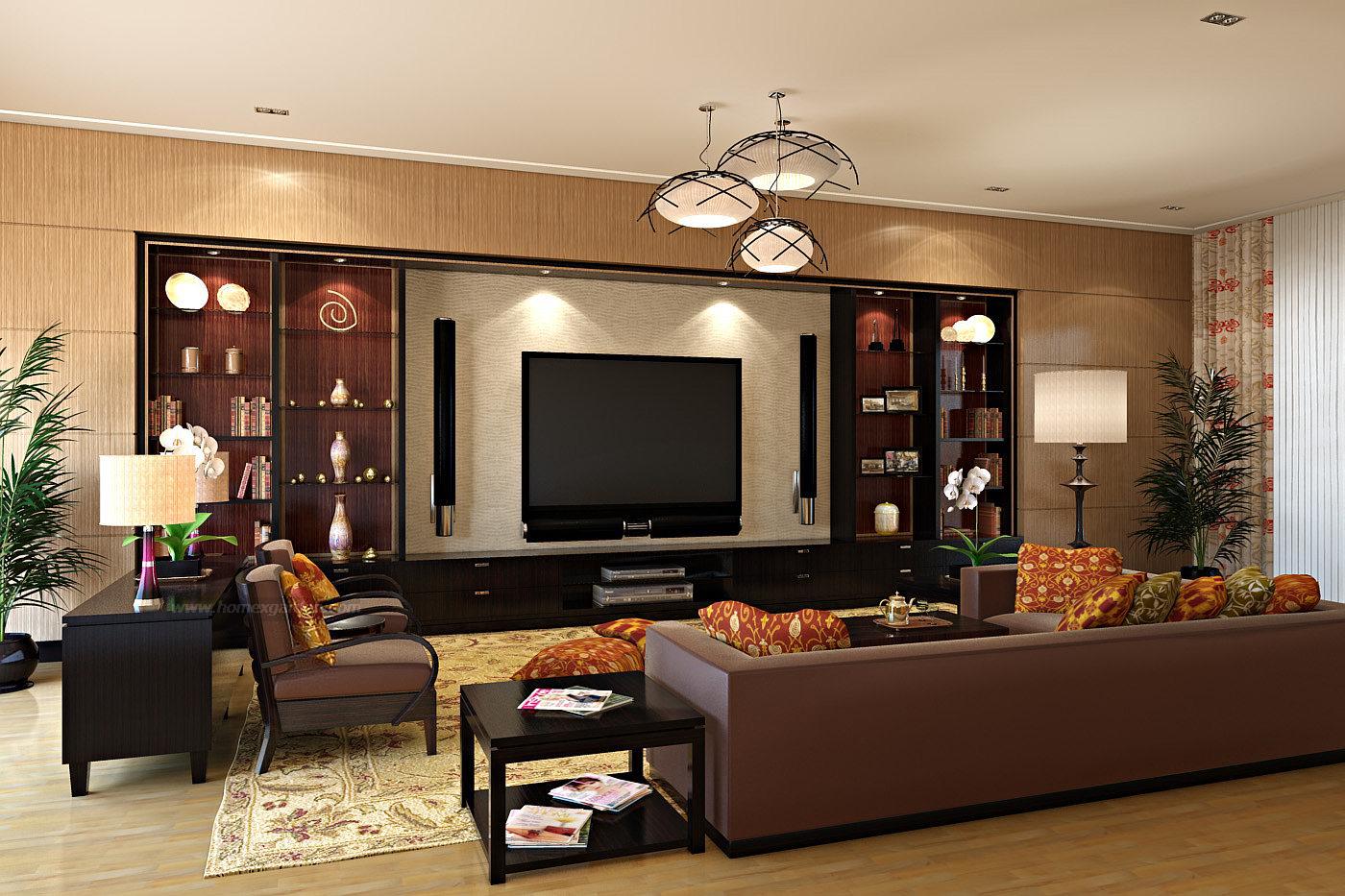In the vast expanse of highways and urban landscapes, where commerce and transportation converge, the science of heavy-duty towing operations emerges as a critical force. This article delves into the intricacies of heavy-duty towing, exploring the scientific principles, cutting-edge technologies, and strategic methodologies that underpin the recovery operations of these formidable vehicles. As we navigate the roads to recovery, understanding the science behind Heavy duty towing becomes imperative.
The Anatomy of Heavy-Duty Towing Operations
At their essence, heavy-duty towing operations are a symphony of mechanical engineering, physics, and strategic planning. Unlike conventional towing, where the loads are relatively lighter, heavy-duty towing involves vehicles of substantial weight and size. The science of heavy-duty towing operations revolves around the principles of force, leverage, and motion, coupled with an acute understanding of the unique challenges posed by massive loads.
The Role of Physics in Heavy-Duty Towing
Physics is the silent orchestrator behind heavy-duty towing operations. Newton’s laws of motion, particularly the second law (force equals mass times acceleration), are at the forefront. Heavy-duty tow trucks need to be able to exert enough energy to move and manage large loads while taking into account the weight of the vehicle they are towing and the necessary acceleration and deceleration. Strong transmissions, potent engines, and specialist brake systems tuned for the demands of large loads are needed for this.
Moreover, the principles of leverage come into play. Heavy-duty tow trucks are designed with extendable booms and winches, providing the necessary leverage to lift and control heavy vehicles. Understanding the mechanics of leverage is crucial to ensuring that the towing equipment can effectively manage the weight distribution and balance of the towed vehicle during the recovery process.
Specialized Equipment: The Technological Marvels of Heavy Duty Towing
The science of heavy-duty towing is intrinsically tied to the evolution of specialized equipment. Modern heavy-duty tow trucks are technological marvels, equipped with advanced features that enhance efficiency, safety, and precision in recovery operations.
Hydraulics and Winches
Central to heavy-duty towing is the use of hydraulics, enabling the precise control of movements. Hydraulic systems power the extendable booms, lift axles, and control winches, providing the force necessary for recovery. Winches, often featuring advanced cable materials and design, play a pivotal role in the controlled movement and positioning of heavy vehicles during towing operations.
Telescopic Booms
The extendable booms on heavy-duty tow trucks are engineered to reach and lift vehicles in diverse situations. These telescopic booms are crafted from high-strength materials, allowing for both reach and structural integrity. The science lies in designing booms that can extend to the required length without compromising stability, ensuring a secure lift and controlled towing process.
Integrated Controls
Advanced control systems on modern heavy-duty tow trucks allow operators to manipulate and monitor various functions with precision. Integrated controls enable operators to adjust the angle of the boom, control winch tension, and manage hydraulic functions—all crucial elements in the complex science of heavy-duty towing.
Dynamic Load Management: Balancing Act in Recovery
One of the critical challenges in heavy-duty towing operations is managing the dynamic loads imposed during recovery. Dynamic load refers to the shifting and fluctuating forces exerted on the tow truck and towed vehicle during acceleration, deceleration, and turns. The science of dynamic load management involves a delicate balance to prevent instability, tipping, or damage to both the tow truck and the vehicle being towed.
Sophisticated load-sensing systems, integrated into heavy-duty tow trucks, continuously monitor and adapt to changes in the dynamic load. These systems adjust hydraulic pressure, winch tension, and other parameters in real-time, ensuring that the towed vehicle remains stable and secure throughout the recovery process.
The Human Element: Operator Expertise in Heavy Duty Towing
While technology plays a pivotal role, the human element is equally crucial in the science of heavy-duty towing. Operators of heavy-duty tow trucks are highly skilled professionals who undergo extensive training to understand the intricate science behind towing operations.
Risk Assessment
The science of heavy-duty towing begins with a meticulous risk assessment. Operators must evaluate the condition of the disabled vehicle, the terrain, and external factors such as weather and traffic. This assessment informs the strategic approach to recovery, ensuring that the operation is executed with precision and safety in mind.
Strategic Planning
Heavy-duty towing is not a one-size-fits-all endeavor. The science lies in strategic planning, considering factors such as the type of tow truck, the rigging configuration, and the most suitable attachment points on the disabled vehicle. Operators must calculate the angles, forces, and potential challenges before initiating any recovery operation.
Problem-Solving
The unexpected is an inherent aspect of heavy-duty towing. Operators must be adept problem solvers, applying their knowledge of physics and engineering principles to address unforeseen challenges during recovery operations. This requires quick thinking, adaptability, and a deep understanding of the science behind towing.
Safety Protocols: Mitigating Risks in Heavy-Duty Towing
Safety is not just a consideration but a foundational principle in the science of heavy-duty towing operations. Operators adhere to stringent safety protocols to mitigate the risks associated with moving massive loads. This includes securing the towed vehicle with appropriate rigging, utilizing safety barriers to manage traffic, and employing personal protective equipment to ensure the well-being of the towing professionals.
Environmental Considerations: Towing with Sustainability in Mind
As the world grapples with environmental challenges, the science of heavy-duty towing services extends to sustainable practices. Tow truck manufacturers and operators are exploring ways to minimize the environmental impact of heavy-duty towing operations. This includes the use of eco-friendly materials in manufacturing, the integration of fuel-efficient technologies, and the exploration of alternative fuels to power heavy-duty tow trucks.
The Future of Heavy Duty Towing Science: Innovations on the Horizon
The science of heavy-duty towing is a dynamic field, continuously evolving with technological advancements. The future holds the promise of innovations that enhance efficiency, reduce environmental impact, and address emerging challenges in the transportation landscape.
Electric and Autonomous Towing
The integration of electric and autonomous technologies into heavy-duty tow trucks is a frontier that holds immense potential. Electric tow trucks offer the advantages of reduced emissions and lower operational costs, while autonomous capabilities may enhance precision and safety in recovery operations.
Advanced Materials and Design
Ongoing research and development focuses on enhancing the materials and design of heavy-duty tow trucks. Lightweight yet durable materials, coupled with innovative design approaches, may result in tow trucks that offer increased payload capacity without compromising structural integrity.
Data-Driven Operations
The science of heavy-duty towing is increasingly becoming data-driven. Telematics, sensors, and onboard diagnostics provide real-time data that can be analyzed to optimize towing operations. Predictive maintenance based on data insights ensures that tow trucks are always in peak condition for swift and reliable responses.
Conclusion
As we traverse the roads to recovery, the science of heavy-duty towing operations stands as a testament to human ingenuity, technological innovation, and a commitment to safety and efficiency. From the intricacies of physics and engineering principles to the strategic expertise of operators, heavy-duty towing is a multifaceted discipline that continues to evolve. With each recovery operation, heavy-duty tow trucks exemplify the harmonious blend of science and skill, ensuring that the wheels of industry keep turning, even in the face of formidable challenges.




